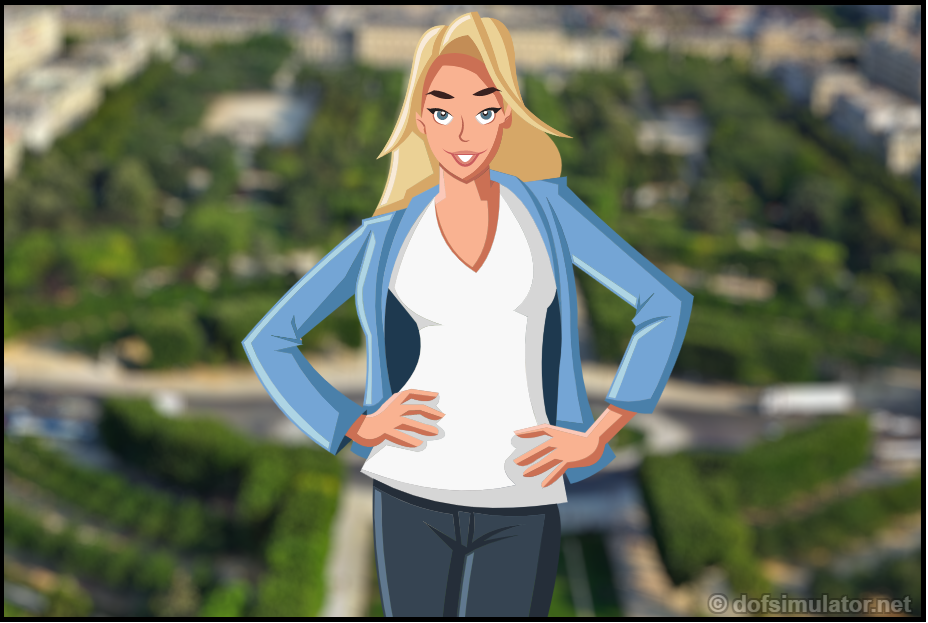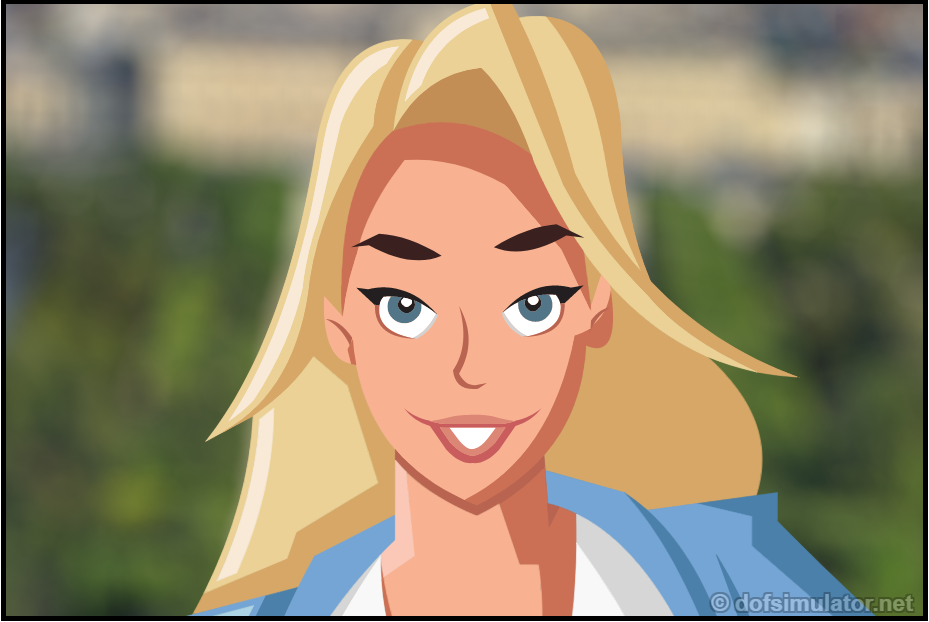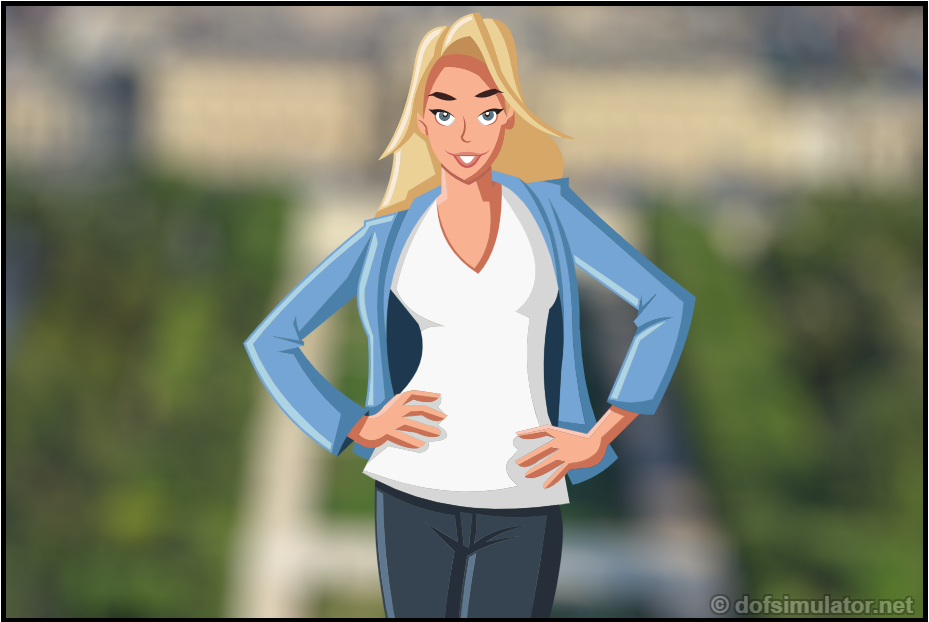Quick Tips
- Put your subject closer to camera and far away from background.
- Use longer focal length and wider aperture.
- While choosing between two lens – divide the focal length by f-number. Bigger the number, more blur you get.
Background blur is an important aspect in photography. We want our primary subject to stand out and draw the viewer’s attention. A blurred background often helps us separate our subject from the background.
From the time I used to take photos on a smart phone, I knew the rule of distance. The camera needs to be close to the subject and the background needs to be far away to create a nice background blur. But as I bought my first digital camera, the Canon EOS M50, I now had two more interesting concepts affecting the background blur.
Depth of Field
Before we can understand how background blur works, we need to understand the concepts of depth of field. There are tons of resources on the internet explaining what depth of field is, how we determine depth of field, etc.
I particularly like this answer on StackExchange here: https://photo.stackexchange.com/a/15693/101740. You can also check out the other answers on this thread if you want to go deeper.
This wikipedia article would also walk you through the basics quickly – https://en.wikipedia.org/wiki/Depth_of_field
Aperture
If you understood depth of field, then you understood a simple fact – if light goes through an wider opening, it creates more blur, if it goes through an smaller opening, it creates less blur.
This is why and how Aperture can contribute to background blur. Aperture controls the opening in the lens. When we shoot in wider aperture, the opening is larger. This causes more blur. And when we close down the aperture, this causes less blur.
Now let’s talk “f-numbers”. We often see aperture is expressed in a number like this – “f/2”. What does this actually mean? What the “f” is this “f”? Well, the f means focal length. Aperture is expressed in relation to the focal length of the lens. “f/2” means the opening in the lens is half of focal length. For a 50mm lens, f/2 is 25mm. But f/1.8 is 27.77mm. So the lower the f-number, the larger the opening. And the larger the opening, the more the blur.
A f/1.8 lens produces way more blur than f/4 on the same lens. Because the focal length is fixed. Lower the f-number means wider opening. The 7artisans 35mm f/0.95 has an aperture of f/0.95. As you can guess – it generates a crazy amount of background blur.
Focal Length
By now, we clearly understand that the larger / wider the opening in the lens, the more blur it can produce. With that in mind, tell me – which lens would have wider opening in the lens? A 50mm f/2 or a 80mm f/2?
Let’s do the math – 50mm f/2 is 25mm, 80mm f/2 is 40mm. So the 80mm one has a wider aperture. This is one of the reasons why you see people using 85mm f/1.8 prime lenses for those beautiful portrait shots. It would have more blur. Background compression is another important reason for shooting longer focal lengths.
Let’s do another math – 50mm f/1.8 vs 150mm f/5.6 – which one would produce more blur? If you do the math, you will notice the number is very close. So despite having a larger f-number, the second lens can produce similar amount of blur because the focal length is longer.
As we can see, the blur doesn’t depend on aperture or focal length, rather on the size of the entrance pupil – the opening on the lens. And the size of the opening is expressed in f-numbers which is relative to the focal length. This is why we need to know both the focal length and aperture to get a clear idea.
Simulation
There’s this nice website – DOF Simulator which let’s us simulate the depth of field in different scenarios.
Let’s say we’re 3m from our subject and we take two photos with 50mm f/1.8 and 150mm f/5.6. How would the two photos look? Let’s see for ourselves. First one is at 50mm, second one at 150mm.


As we used longer focal length, we also had to zoom in on the subject if we stood in the same place. But what if we want to frame the subject similarly as the first 50mm shot? We would have to back down a little bit and take the shot. This is how it would look like.

But here’s a catch – if we take a few steps back to adjust our framing with a longer focal length, we are also increasing our distance from the subject. That should reduce the amount of background blur compared to our zoomed in view. But it’s still better than the blur we get from a shorter focal length.
If you compare our first photo with this one – you can see we have very similar framing but we’re still getting comparatively more blur even though we had to back out quite a bit to get the same framing.
150mm f/5.6 got us more blur than the 50mm f/1.8 even if we had to take a few steps back to get similar framing.
Pingback: Background Compression - Masnun | Photography
Pingback: Focal Length for Portraits - Masnun | Photography